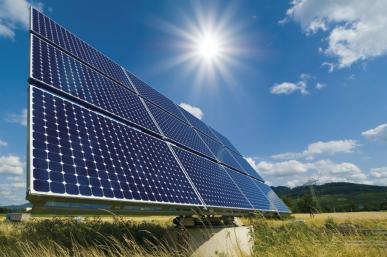Clean energy resources, like wind, solar, and energy efficiency, have certain key advantages over traditional, fossil fuel-based resources: they don’t require expensive, polluting fuels or large capital investment, consume little to no water, generate negligible carbon emissions, and are easily scalable. To take full advantage of low-carbon, renewable energy sources, we need a power grid with enough flexibility to harness clean energy when it is available and abundant. That’s where demand response, a people-driven solution, comes in.
On a hot summer day, for example, electricity use rapidly increases as people turn on air conditioners to avoid the heat of the late afternoon. A decade ago, the grid operator’s only option is to turn on another fossil fuel power plant to meet the increased need for electricity. But, at any given time, there are thousands of light switches left on, idle water heaters, cycling swimming pool pumps, and forgotten thermostats that people could temporarily turn off or down, if only they were offered the right incentive. If asked, people can adjust their power usage in exchange for a financial reward. We call this “demand response,” and it is increasingly helping to balance the flow of electricity with our energy needs at a given moment.
Demand response diverts money that would generally go to a fossil fuel power plant to homeowners and businesses instead. In this scenario, a utility or demand response provider sends a message for participants to reduce electricity use at key times in exchange for a credit or rebate on their utility bill, in addition to the cost savings they will earn through conservation. Of course, participants always have the option to opt-out with the tap of a button on their smart phone or thermostat. Read More











